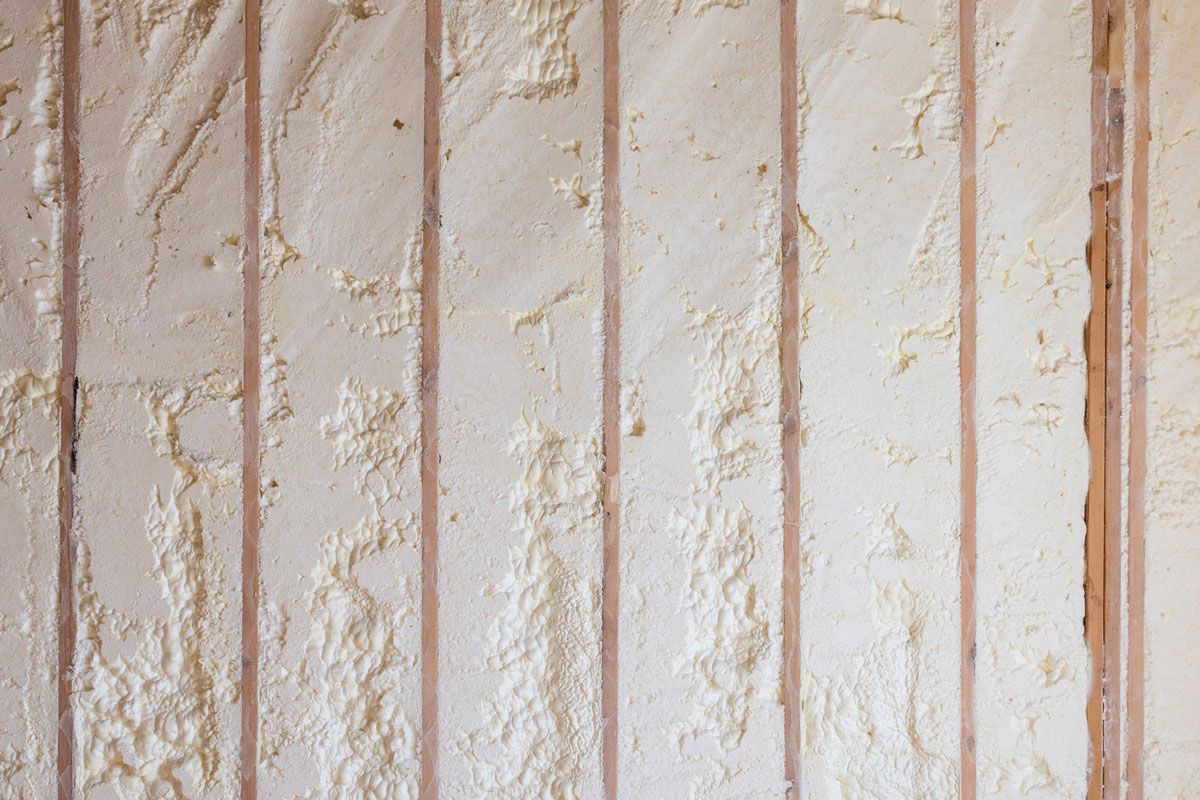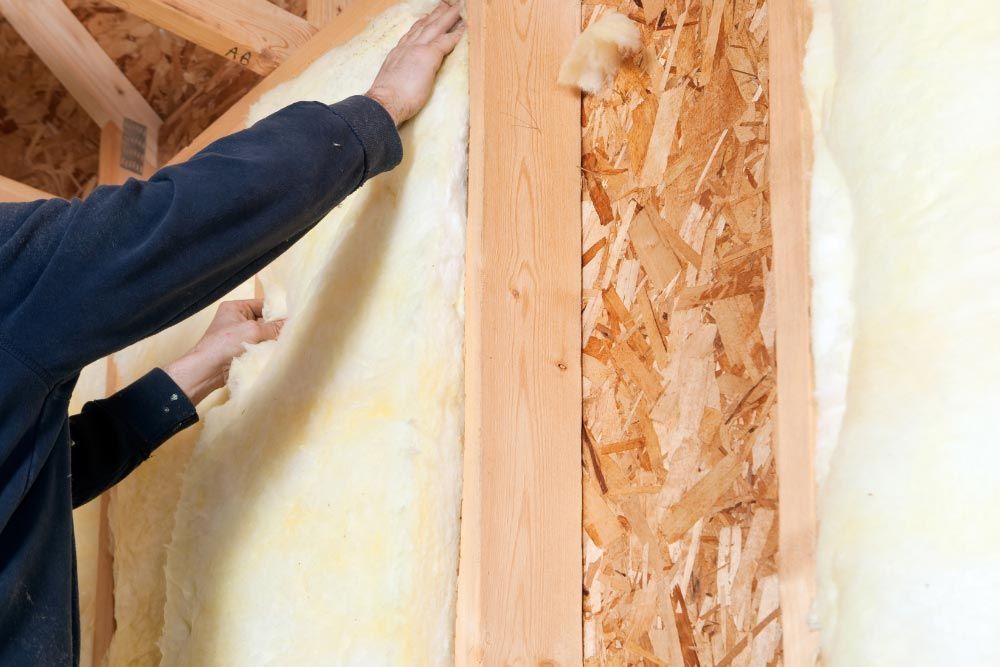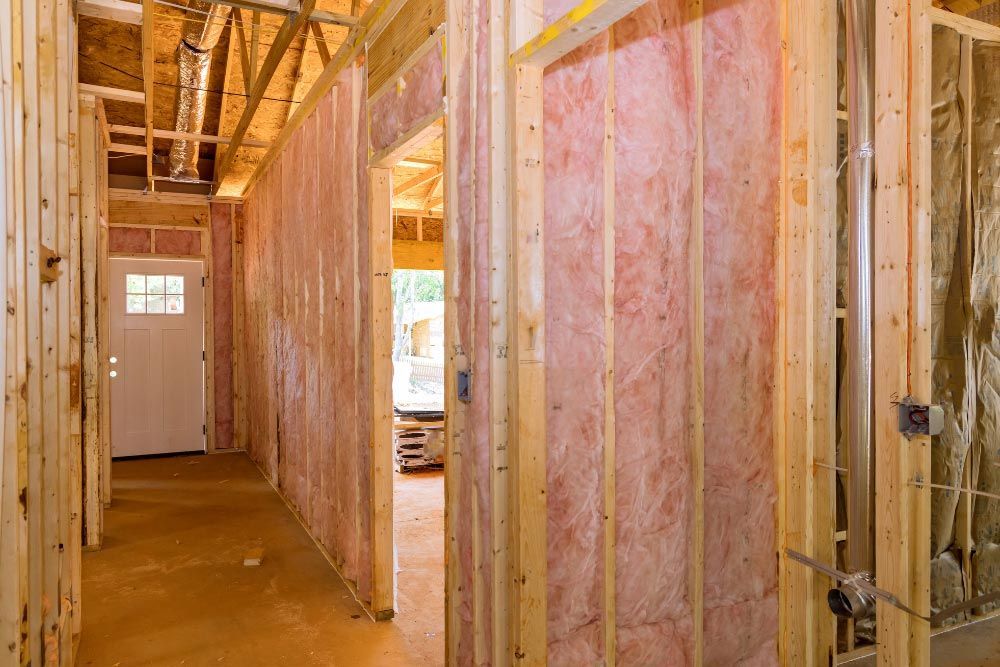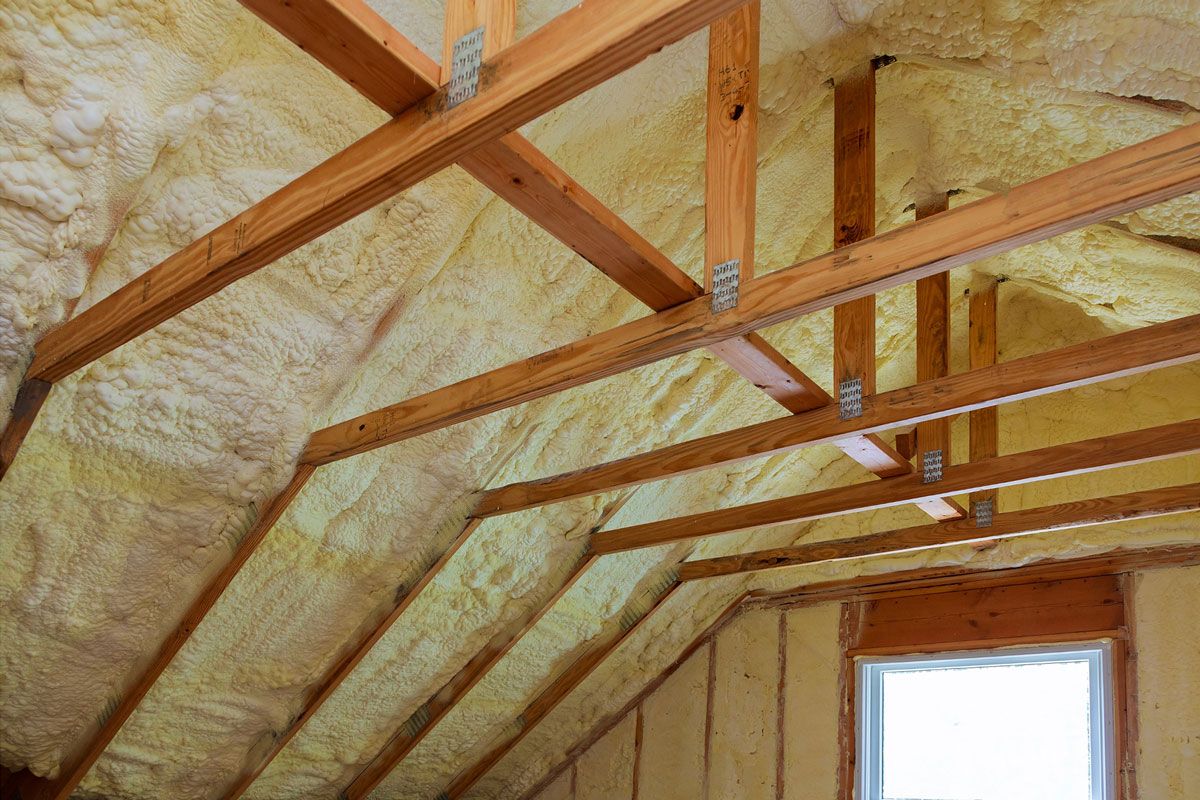Batt vs Blown-In Insulation: Which One Is Right for Your Home or Business?
Ever notice drafts in your home during winter or rooms that are uncomfortably warm in summer? Chances are your insulation might not be doing its job. Proper insulation isn’t just about comfort, it’s also one of the smartest ways to save on energy bills and protect your property. In fact, the U.S. Department of Energy estimates that up to 30% of heating and cooling energy can be lost through poorly insulated homes.
Two of the most common insulation types homeowners and business owners choose are batt insulation and blown-in insulation. Both have unique strengths depending on the space, your budget, and your energy efficiency goals. In this guide, we’ll break down how each works, where they’re best used, their costs, and how to decide which is right for your home or business. We’ll also touch on complementary insulation options like spray foam, cellulose, fiberglass, attic, garage, wall, crawlspace, sound, and foam insulation.
Understanding Batt Insulation
Let’s start with batt insulation. Think of it as pre-cut mats made from fiberglass or mineral wool. They’re designed to fit snugly between studs, joists, and rafters, making them especially useful in new construction or areas with uniform spaces.
Why it’s popular:
- Affordable per square foot
- Easy to handle and install (great for DIY projects)
- Consistent thermal resistance
Best places to use batt insulation:
- Attics in new homes
- Walls during construction
- Crawlspaces and garages
Properly installed batt insulation can reduce heat loss by up to 25%, according to DOE studies. That means lower energy bills and a more comfortable home year-round. While batt insulation is straightforward, you need to ensure there are no gaps or compression, as that can reduce its effectiveness.
What Makes Blown-In Insulation Different?
Blown-in insulation, also known as loose-fill insulation, works a little differently. Instead of pre-cut mats, it’s a loose material, usually cellulose or fiberglass, blown into attics, wall cavities, or irregular spaces. Because it fills gaps, it’s perfect for retrofitting older homes or covering areas where batt insulation might be difficult to fit.
Why homeowners love it:
- Fills gaps and irregular spaces completely
- Excellent for retrofitting older homes
- Provides soundproofing
- Eco-friendly options available (like recycled cellulose)
Where it works best:
- Attics, especially in older homes
- Wall cavities in existing homes
- Any irregular or hard-to-reach spaces
Cellulose blown-in insulation typically has an R-value of about 3.2 per inch, making it highly effective for energy savings.
Batt vs Blown-In: How They Compare
When deciding between batt and blown-in insulation, here’s a quick breakdown:
| Feature | Batt Insulation | Blown-In Insulation |
|---|---|---|
| Installation | Easy, DIY-friendly | Professional recommended |
| Best for | New construction, uniform spaces | Retrofits, irregular areas |
| R-Value (per inch) | ~R-3 to R-4 | ~R-3.2 to R-3.8 |
| Air sealing | Moderate | Excellent |
| Cost (material + install) | $2–$4 per sq ft | $3–$5 per sq ft |
| Soundproofing | Moderate | Better |
Key takeaway: Batt insulation is perfect for spaces that are straightforward and accessible. Blown-in insulation shines when you need to cover tricky or uneven areas, or want a retrofit solution without tearing down walls.
Residential Applications Made Simple
Different areas in your home have different insulation needs. Here’s how batt and blown-in insulation can fit into your spaces:
Attics
Attics are a common source of energy loss. Blown-in insulation works wonders in older attics, filling every nook and cranny. For new attics in fresh construction, batt insulation is often sufficient. Either way, proper insulation keeps your home warmer in winter and cooler in summer, cutting energy bills.
Garages
Insulating garages may not seem obvious, but it makes a huge difference in comfort, especially if you use your garage as a workspace. Batt or fiberglass panels can keep the temperature steady, while spray foam can help seal the space for maximum efficiency.
Walls
For walls in new homes, batt insulation is easy to install and cost-effective. In older homes, blown-in insulation fills cavities that batt mats can’t, preventing drafts and increasing comfort.
Crawlspaces
Crawlspaces are tricky because of moisture issues. Foam or batt insulation works best depending on accessibility and moisture control, helping prevent mold growth and energy loss.
Soundproofing
If you want to cut down noise, blown-in cellulose can be a great option, especially for walls and ceilings. It’s also ideal for home offices or entertainment spaces where soundproofing is a priority.
Cost Considerations and Long-Term Savings
Understanding costs helps you plan your insulation project. Here’s a rough estimate for residential and commercial spaces in Arvada, CO:
| Insulation Type | Material Cost | Installation Cost | Best Use |
|---|---|---|---|
| Batt Insulation | $0.50–$1.50 | $1.50–$2.50 | New walls, attic, crawlspace |
| Blown-In Cellulose | $1.00–$2.50 | $2.50–$3.50 | Attic retrofit, wall cavities |
| Blown-In Fiberglass | $1.50–$3.00 | $2.50–$4.00 | Attics, irregular spaces |
While batt insulation is cheaper upfront, blown-in insulation often delivers higher energy savings over time, especially in homes with drafts or irregular spaces. Combined with attic sealing and proper air barriers, either option can pay for itself through reduced heating and cooling costs, sometimes 20–30% annually.
Other Insulation Options You Should Know
While batt and blown-in are popular, it’s worth considering other insulation types depending on your needs:
- Spray Foam Insulation: Great for sealing gaps and hard-to-reach areas, available in open-cell and closed-cell varieties. Closed-cell foam adds structural support and moisture resistance.
- Cellulose Insulation: Eco-friendly, great for soundproofing, and excellent for retrofits.
- Fiberglass Insulation: Durable, non-combustible, and cost-effective for new construction.
- Sound Insulation: Reduces noise between floors, walls, or offices; often paired with blown-in or foam insulation.
The right combination depends on the space, your budget, and desired energy efficiency.
Choosing the Right Insulation for Your Home
Here’s a simple guide to help you make a decision:
- Know Your Space: Identify whether you’re insulating an attic, walls, garage, or crawlspace.
- Compare Materials: Consider R-value, cost, durability, and moisture resistance.
- Decide DIY or Professional: Batt insulation is easier to handle yourself; blown-in often requires professional installation.
- Focus on Efficiency: Proper insulation reduces energy bills, enhances comfort, and can improve property value.
- Call the Experts: A local insulation contractor can inspect your home and recommend the best solution, ensuring proper installation and maximum savings.
Maintaining Your Batt and Blown-In Insulation
Even the best insulation needs care to stay effective.
- Batt Insulation: Check for compression, gaps, or moisture damage, and replace wet or damaged batts. Keep pests away and ensure insulation stays snug between studs or joists.
- Blown-In Insulation: Watch for settling and top up every 5–10 years. Keep areas dry to prevent mold, avoid heavy storage on top, and address any gaps or voids promptly.
Regular inspections help maintain R-value, energy efficiency, and comfort year-round.
Conclusion
So, which insulation should you choose? It depends on your home, budget, and goals:
- Batt insulation: Best for new construction and uniform spaces. Affordable, DIY-friendly, and consistent.
- Blown-in insulation: Ideal for retrofits, irregular areas, and superior air sealing. Slightly higher cost but excellent long-term savings.
Insulation Contractors in Arvada, CO, we specialize in all types of insulation: attic, garage, wall, crawlspace, spray foam, cellulose, fiberglass, blown-in, batt, sound, and foam insulation. Our team ensures proper installation and helps you choose the best solution to maximize comfort, energy efficiency, and cost savings.
Call us today to upgrade your home or business insulation and start saving on energy bills!
FAQs: Batt vs Blown-In Insulation
What is the disadvantage of blown insulation?
Blown insulation can settle over time, reducing its effectiveness. It may require professional installation, is sensitive to moisture, and heavy storage on top can compress it, lowering its R-value.
Is batt insulation good for an attic?
Yes, batt insulation works well in attics with uniform joist spacing, especially in new construction. Proper installation prevents gaps and compression, providing consistent thermal resistance and energy efficiency.
Should I use batt or roll insulation?
Batt and roll insulation are similar; the choice depends on the space. Batt is pre-cut for walls and joists, while roll is flexible for longer, uninterrupted runs, making it easier to install in certain areas.
Can you put batt insulation over blown-in?
Yes, you can layer batt insulation over blown-in insulation to increase R-value. Ensure the blown-in layer is even and dry to avoid compression or moisture issues before installing batt insulation.
Is blown insulation better than batt?
Blown insulation is ideal for retrofits and irregular spaces, filling gaps effectively. Batt insulation is cost-effective and easier to install in new construction. The best choice depends on your space and energy efficiency goals.
What type of attic insulation is best?
For attics, blown-in insulation is great for older homes with irregular spaces, while batt insulation works well in new construction. Spray foam offers superior air sealing and energy efficiency for all attic types.










